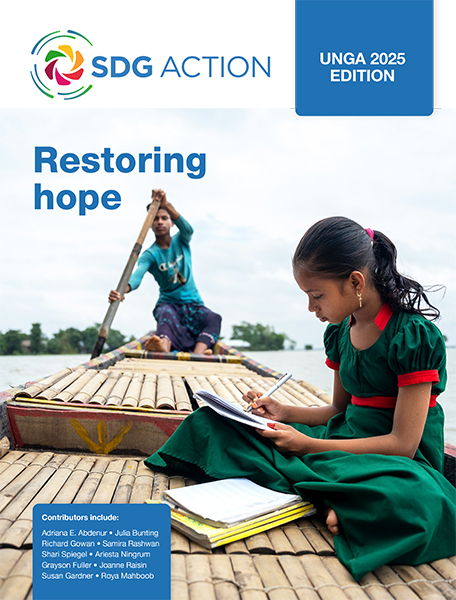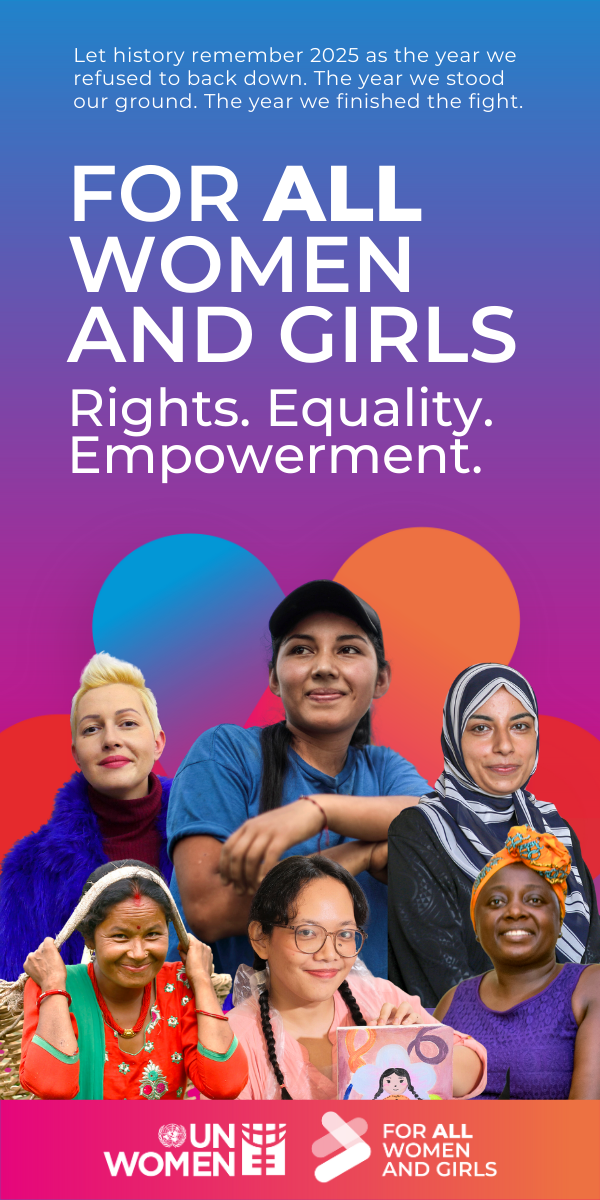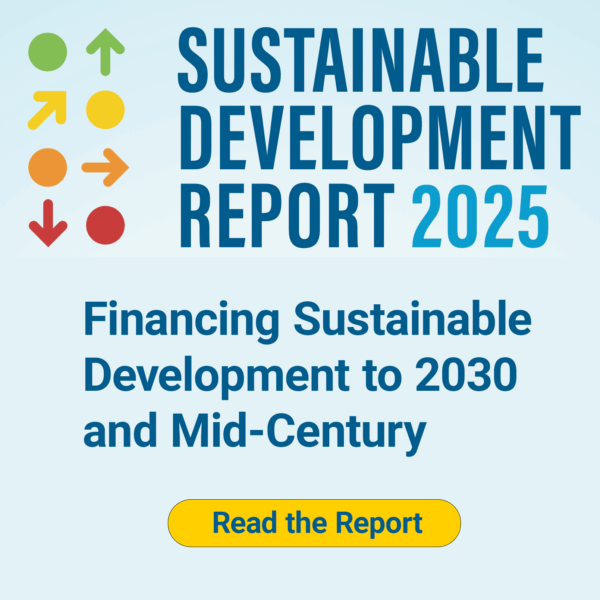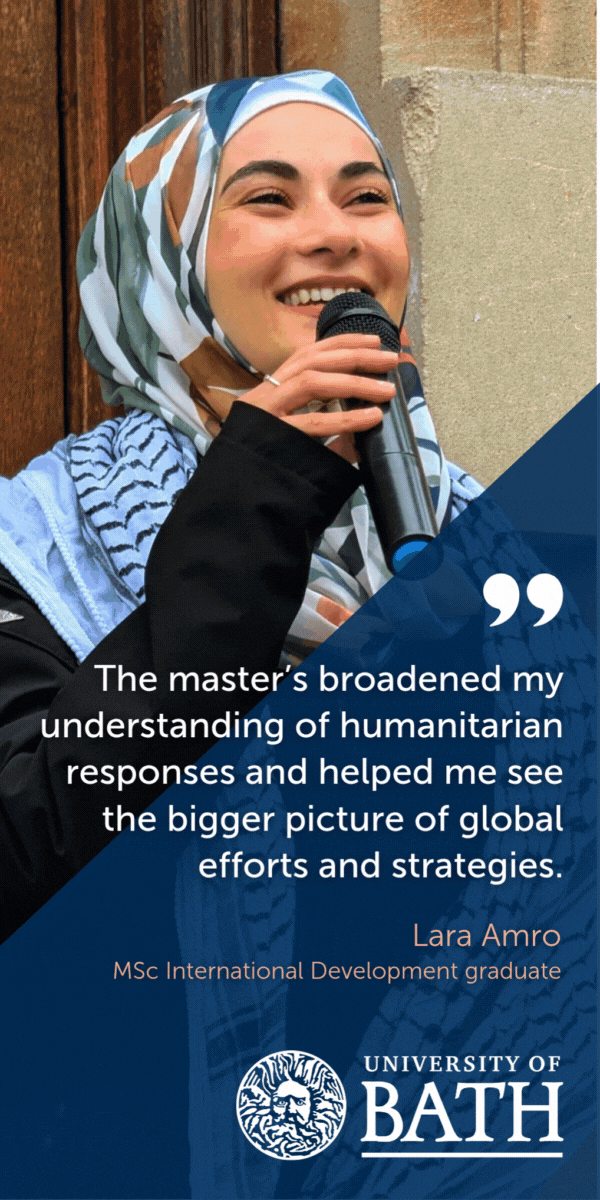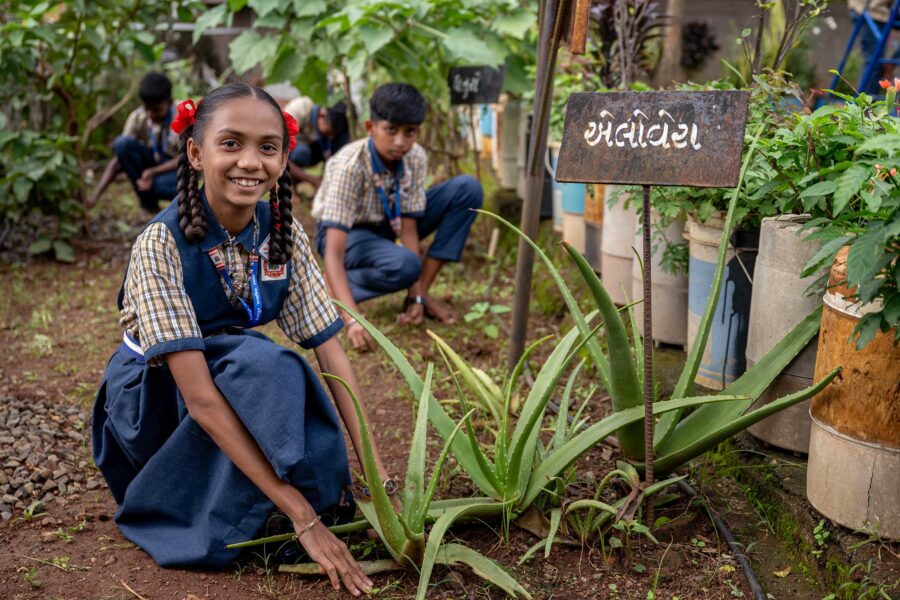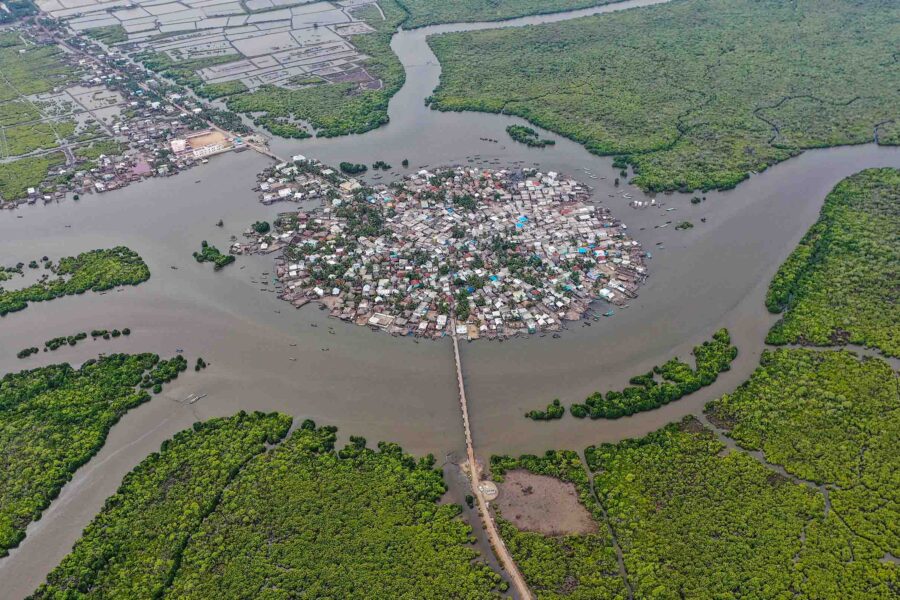Education is the most cost-effective health intervention
Noncommunicable diseases (NCDs) are the leading cause of preventable health issues and premature deaths worldwide. Tackling them requires long-term thinking, including investing in adolescents – the next generation of parents, citizens, and leaders
Health — Global
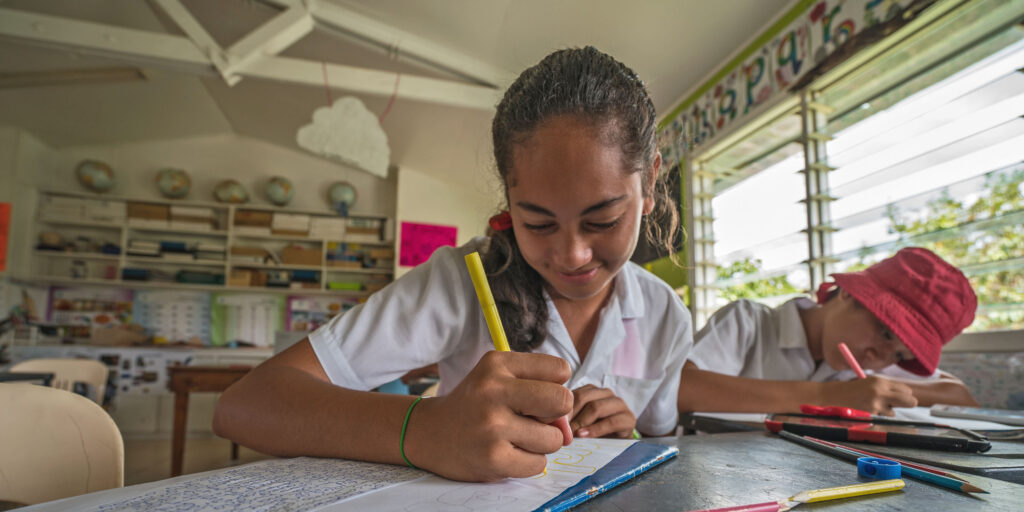
NCDs account for 74% of deaths worldwide, with 41% being premature, occurring between the ages of 30 and 70. Alarmingly, 80% of these premature deaths happen in low and middle-income countries, and 80% of all NCDs are deemed preventable.
Despite efforts, the Sustainable Development Goal (SDG) 3 target to reduce premature NCD mortality by one third by 2030 remains elusive. What impact could school-based education exploring NCDs have on global health outcomes? What social and economic benefits would arise from investing in such education and how might that education be implemented?
The first UN High Level Meeting on NCDs held in 2011 highlighted the complexity of the challenge and the urgent need for governments and civil society to engage in integrated interventions involving multi-stakeholder partnerships. The potential of school-based education to contribute to this matrix of actions is associated with intersecting opportunities linking:
- key modifiable risk factors for NCDs, including unhealthy diet, physical inactivity, smoking and vaping, stress, and the use of drugs and alcohol
- the formation of health-related behaviors during adolescence that endure into adulthood
- the impact of environmental exposures during early life (even before birth) on later-life risk of NCDs
- helping students develop skills in science, health, and critical thinking that support informed, active participation in society
The opportunity of adolescence
Empowering the next generation to question, investigate, and take action is a vital contribution to a better future. The period of adolescence, spanning ages 10 to 19, is a pivotal stage of life characterized by substantial transformation and potential. During this transition to adulthood, formal education is essential in promoting positive growth.
The main modifiable risk factors for NCDs involve health-related behaviors that are influenced by broader socio-economic, cultural, and political contexts. In childhood, the formation of these behaviors is shaped by the examples set by parents and family. Adolescents encounter experiences beyond their family circle, develop deeper understanding of their environment, and gain increased autonomy. Through these experiences, they form habits that shape their own health as adults – and influence the health of their future children.
The first 1,000 days of life, spanning from conception to a child’s second birthday, are also important for shaping long-term health. During this period, the brain undergoes rapid development, the immune system is programmed, and the body learns to regulate its metabolism. Nutrition, environment, and care significantly influence these processes. Poor nutrition or exposure to harmful substances during this time can elevate the risk of developing obesity and cardiometabolic NCDs such as diabetes, and heart disease later in life. Stress can also affect future learning and mental health.
Investing in the first 1,000 days fosters healthy growth patterns and builds resilience against disease. Therefore, the environment before conception for both parents, as well as during pregnancy and early childhood, is of paramount importance. However, to fully capitalize on the first 1,000 days of a child’s life, efforts should begin during the parents’ adolescent years. Over time, investment in adolescence and early life through a matrix of educational, socio-economic, political, and health initiatives can contribute to interrupting intergenerational cycles of poor health and reduce the burden of NCDs for future generations.
Equipping adolescents with the ability to comprehend how one generation’s health affects the next, while also exploring the complexity of sociocultural, economic, and political factors influencing community health, can guide them to question the status quo, take action and make healthier choices. The competencies required for this are connected to fundamental educational objectives related to health and scientific literacy, understanding risk and complexity, and critically evaluating complex social issues by considering diverse perspectives and societal changes over time. Cumulatively, these competencies contribute to the development of ‘critically engaged citizenship’. This refers to a way of being that is associated with:
- asking questions
- seeking evidence and understanding
- assessing multiple perspectives
- taking considered actions that are mindful of the complexity of the challenges and opportunities facing modern societies
The opportunity of education: developing critically engaged citizenship
While the role of education in promoting health is widely acknowledged, its potential is often underutilized, outcomes are inconsistent, and maintaining sustained engagement proves challenging. A critical barrier is the lack of alignment with the core mission of schools, indicating the need for more effective multi-stakeholder partnerships.
Across the globe, school curricula focus on the development of competencies (knowledge, skills, attitudes, and values) that promote individual and collective wellbeing, and equip young people to navigate complex and unfamiliar contexts and thrive into the future. The OECD Learning Compass offers a globally informed framework of foundational and transformative competencies that contribute toward these goals.
In the context of the NCD challenge, learning that contributes to the development of critically engaged citizenship will interact with exploration of the issues of NCD risk, burden, and impact. Opportunities to explore evidence promote questioning of the status quo, particularly where this is associated with inequities. When students see how these concepts relate to their own lives, they’re more likely to take meaningful action. Through the process of investigating evidence, students develop competencies linked to scientific and health literacy, numeracy, and data literacy as well as concepts of social justice. Opportunities to develop and test actions and communicate learning promote agency and action.
An example of this process is found in the Pacific Science for Health Literacy Project (PSHLP), recently renamed Ora’anga Tūmanava. This education–health–science partnership in the Cook Islands has over the past decade developed and sustained learning opportunities for year 7 to 11 students (ages 10 to 16). The project has explored NCDs and their impacts on the community across the subjects of science, health, physical education, social studies, geography, Cook Island Māori and English. Using an established framework for context embedded learning (learning that connects directly to students’ real-life environments and experiences), programs support teenagers to develop competencies that allow them to investigate NCDs and related issues, and take actions to improve their risk profile.
Factors recognized as important in the sustainability of this initiative include:
- educator-led development of learning modules that enable access to evidence while building essential skills within the national curriculum
- the use of collaborative narratives to enable exploration of evidence through stories, starting with students’ own, and building to local, regional, and global evidence from health, social and local histories, culture, and science
- the use of ‘appreciative inquiry’ (an approach that focuses on identifying and building on what’s working well to create positive change), acknowledging the challenge while emphasizing strengths and opportunities
- the integration of exploration of age-appropriate aspects of the issue, ranging from food environments to social histories, physical activity, diabetes, and health services over multiple years
- the development of a program for metabolic health checks (requested by participating students) to promote access for students to personal health data and enable tracking of levels of metabolic health factors (such as blood pressure, blood sugar, and cholesterol) in the adolescent population
The Cook Islands is extremely small, with a population of just 17,000 spread over 12 inhabited islands. While this presents enormous challenges, it also offers an opportunity for multi-stakeholder partnerships that are likely much harder to achieve in larger contexts. Measuring the social and economic benefits of interventions of this kind requires long-term commitment. Educators and health professionals in this extremely small nation judged the impact strong enough to extend the program beyond the initial pilot island to national scale. Scaling this in larger settings is entirely possible, but would need globally informed resources that have the potential to be locally contextualized, as achieved by resources such as the OECD Learning Compass.
Harnessing education to help drive an intergenerational reduction in premature NCD deaths is a long-term but vital goal. Teachers embedded in school systems offer enormous potential as partners in NCD risk reduction as well as climate change and related SDGs. They meet daily with students and can facilitate meaningful in-depth exploration of issues alongside the development of competencies. The cost of not partnering with education to empower the next generation to question, investigate, and take action will be enormous.
Featured in:
UNGA 2025 edition: Restoring hope
An effective multilateral response is needed for an ever increasing number of crises. At the same time, the UN – the heart of the multilateral system for 80 years – is under attack from nations trying to defund and disempower it. Radical reform is clearly needed. Whatever form that takes, it should be guided by and designed to support the SDGs.
This edition considers the impacts of inequality and conflict, and explores ways to build a fairer, safer future through education, technology, economic development and global partnerships.
Authors include Adriana E. Abdenur, Julia Bunting, Richard Gowan, Samira Rashwan, Shari Spiegel, Ariesta Ningrum, Grayson Fuller, Joanne Raisin, Susan Gardner and Roya Mahboob.
Publication date: 22 September 2025

